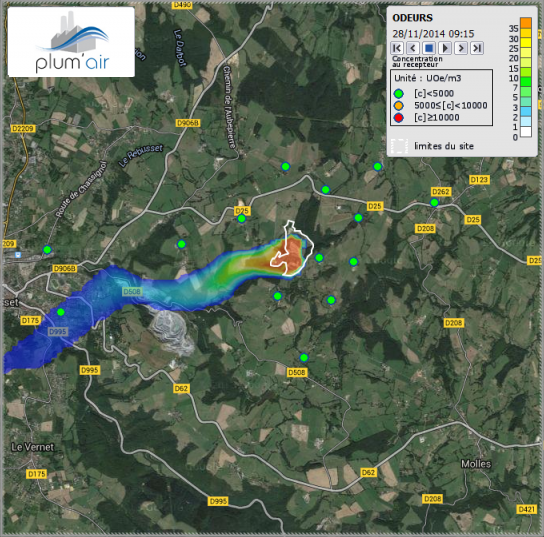Air-quality monitoring

The latest figures from the World Health Organization (https://www.who.int/health-topics/air-pollution) show that air pollution kills an estimated seven million people worldwide every year. WHO data also shows 9 out of 10 people breathe air containing high levels of pollutants and the economic impact of this pollution on health is estimated to 5.7 trillion dollars per year. Industry contributes to this impact and must adapt on the one hand to increasing regulatory constraints and on the other hand to citizen pressure.
Monitoring services aim at forecasting at a local scale (generally no more than 10 km from emission sources) the environmental impacts due to atmospheric releases of an industrial site. To simulate such local air dispersion impact, one key input is a good local weather forecast (wind speed, wind direction, atmospheric turbulence, etc.) combined with an emission forecast from the industrial site.
To tackle the air quality prediction challenges, the EVEREST approach will be based on the execution of an ensemble of meteorological simulations at cloud permitting grid spacing (2-4 km), on computationally-intensive resources, and apply machine learning approaches with local meteorological measurements to improve the quality of the day-to-day forecasts.